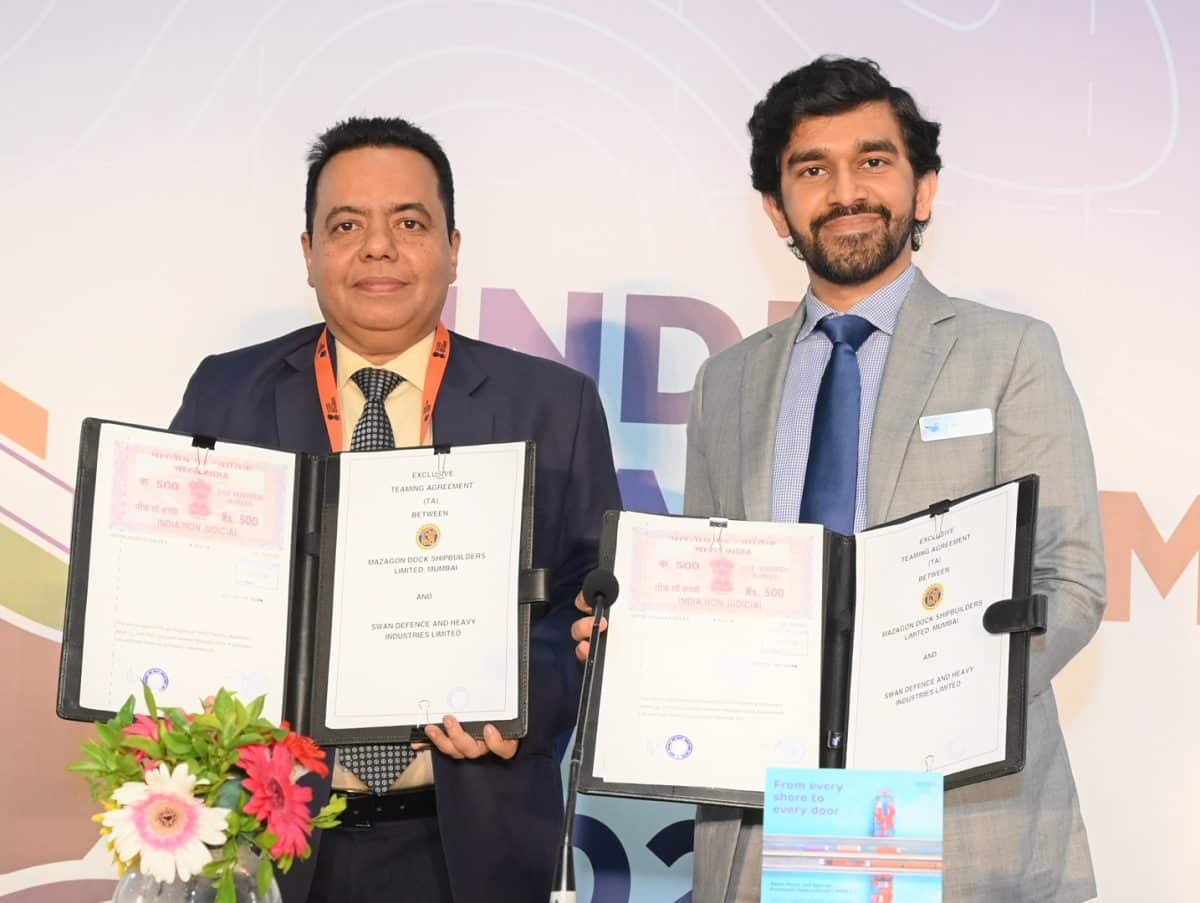During the flagship India Maritime Week 2025 in Mumbai, MDL — a Navratna public-sector shipyard — and SDHI — India’s largest ship-building & heavy-fabrication yard — signed a strategic Teaming Agreement to collaborate on the design and construction of Landing Platform Docks (LPDs) for the Indian Navy.
The agreement follows approval from the Defence Acquisition Council (DAC) for the acquisition of LPDs — a class of vessels integral to amphibious operations, power-projection and humanitarian assistance/disaster-relief (HADR) duties.
Under the pact, MDL will contribute its experience in ship design, systems integration and project management, while SDHI will provide its large-scale ship-building infrastructure, including one of India’s largest dry-docks. This pairing is intended to optimise build-periods, improve cost-efficiency and uphold high quality standards.
The arrangement exemplifies the Indian government’s push for Public-Private Partnerships (PPP) in strategic manufacturing sectors. By combining a proven public-sector platform (MDL) with private-sector flexibility and scale (SDHI), the partnership aims to strengthen India’s maritime manufacturing base, reduce reliance on foreign supply-chains and enhance indigenous ship-building capability.
This deal marks an important shift: vessel programmes are not simply awarded to a single yard; instead, a teaming model enables specialisation — design and integration at one end, heavy fabrication and assembly at the other. This could become a blueprint for future large-scale defence manufacturing projects.
Ship-builders, system suppliers and component manufacturers should monitor how this model evolves — particularly as the LPD build-programme moves from paper to execution. Timely delivery, certification, standards compliance and lifecycle support will become key differentiators.
